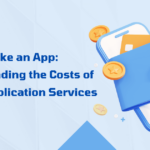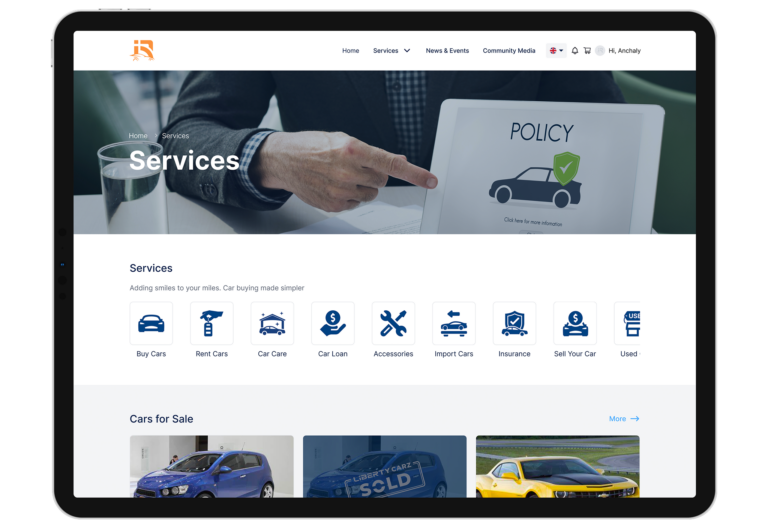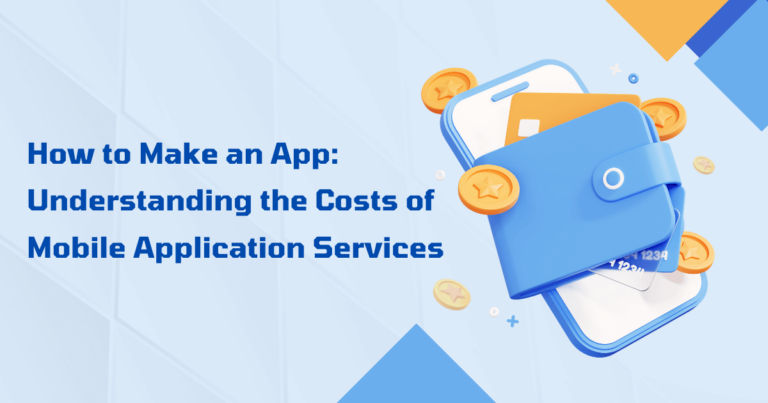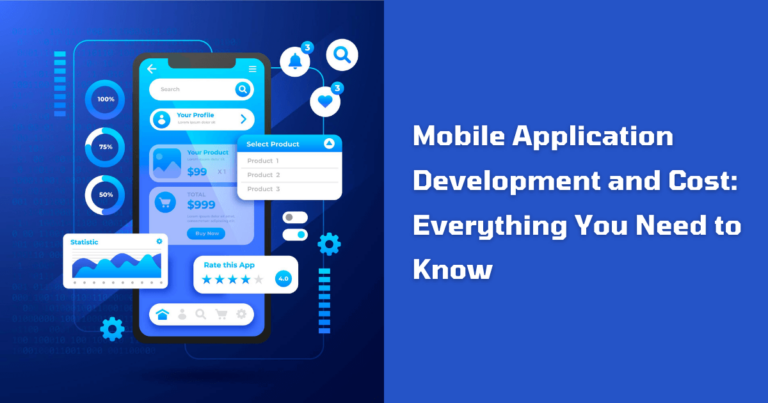In today’s digital world, the smooth deployment and management of software are crucial factors for the success of any business. Liberty Technology, a technology company based in Phnom Penh, Cambodia, is at the forefront, providing innovative and efficient software packaging solutions that redefine how organizations address the challenges of modern information technology.
This article delves deeper into the importance of selecting effective software packaging solutions and exploring current trends. First, let’s understand what Software Packaging is.
What Is Software Packaging?
Software packaging involves bundling various components of software and configuration files cohesively into a single package. The primary goal is to create a unified, convenient unit for distribution and efficient installation across various systems.
Thanks to software packaging, software installation and maintenance have become more flexible and straightforward, providing convenience and efficiency in system management and application deployment.
Why Is Software Packaging Important?
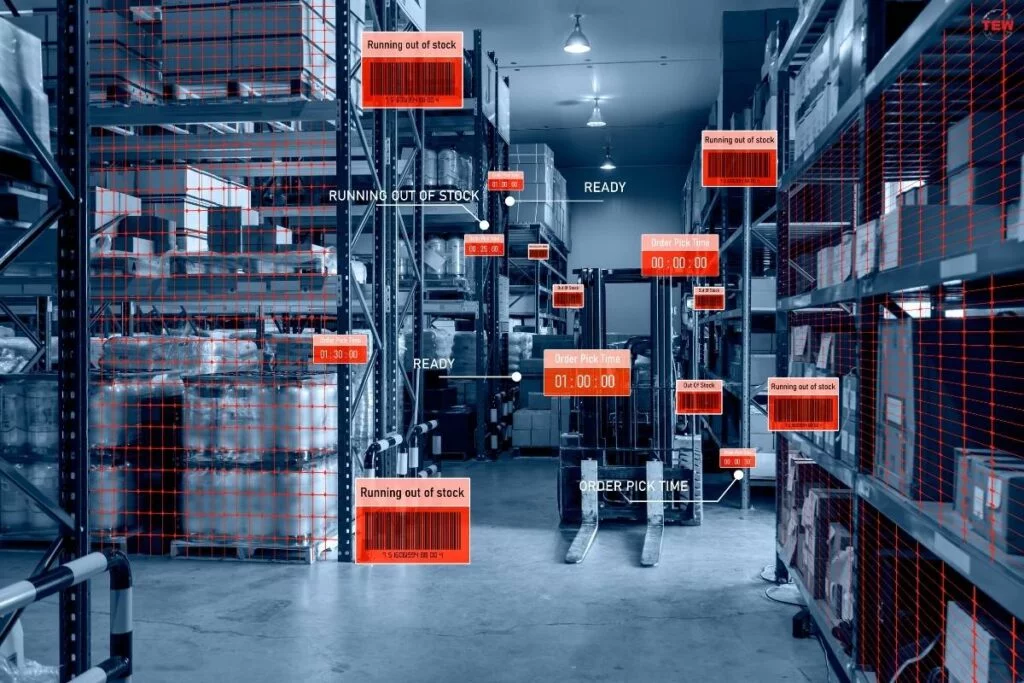
The significance of software packaging lies in its ability to simplify the distribution and management of software, bringing considerable benefits to industrial and business environments. This process is about packaging software components into a single unit and organizing and preparing them for easy deployment and management.
With centralized management capabilities, software packaging enables IT administrators to control all versions, updates, and new applications efficiently. This enhances monitoring capabilities and ensures consistency throughout the system while minimizing risks related to inconsistencies or uncontrolled distribution of software versions.
Moreover, software packaging contributes to improving the user experience. Easy installation and deployment help end-users save time and effort, ensuring they experience applications smoothly and without glitches. These benefits make the software development and deployment process efficient and resource-saving.
In summary, the software packaging process is a crucial step in the software production chain and a powerful management and deployment tool, especially in enterprise environments that demand high efficiency and consistency.
Highlighted Advantages Of Software Packaging
Reducing Internal IT Costs
Maintaining software often constitutes a significant portion of the Total Cost of Ownership (TCO). Liberty Technology’s software packaging solution addresses this issue by implementing rigorous testing cycles, ensuring applications are fine-tuned before reaching end-users. This reduces corrective maintenance costs and minimizes the time and effort required for internal application maintenance.
Predictable Cost Outlay
Liberty Technology’s software packaging services often provide a fixed price per package based on the quantity and complexity of application packages. Transparent fixed prices and delivery conditions help businesses predict and manage the cost flow effectively, bringing financial predictability to the often fluctuating field of software management.
Centralized Application Management for Multi-Office Companies
Liberty Technology offers software distribution services in all industries and streamlines the management process, focusing on application management for organizations with multiple offices. Instead of maintaining specialized technicians at each office, Liberty Technology experts can concentrate on and manage application packaging from a single centralized point.
This approach enhances efficiency and reduces application deployment and support costs, establishing a more effective management model that helps businesses maintain consistency and control over software applications across various locations.
Mainly, for systems with multiple departments like real estate and rental systems, financial systems, healthcare systems, etc., it is essential for managing and distributing services and products flexibly and reliably.
Application Packaging Process
At present, in most organizations, the packaging process from start to finish typically involves three main steps to ensure good quality and optimal performance:
- Explore the Application: This step is about learning and understanding the application that needs to be packaged. This includes figuring out specific requirements, features, and relevant technical aspects.
- Packaging the Application: The next step is the tight and safe packaging process once the application has been identified. This might involve choosing suitable packaging materials, creating attractive packaging designs, and ensuring the sustainability of the packaging process.
- UAT (User Acceptance Testing): This step assesses the end user’s acceptance of the packaged product. Organizations can ensure that the product meets technical requirements, user expectations, and satisfaction through this testing process.
Additionally, to ensure the quality of the packaging, many organizations have added an important step:
Package Evaluation by QA (Quality Assurance): This step involves conducting specific quality assurance checks on the packaging performed by the Quality Assurance team. This process ensures that every aspect of the product and packaging process adheres to quality standards and meets the organization’s requirements.
The application packaging process is as shown below.

Who Needs To Use Application Packaging?
Depending on the scale of your business, there are various objectives for application packaging that you might pursue.
For individual owners of application products, it may be necessary to roll out updates or bug fixes to various repositories quickly. Sometimes, they may also need to repackage applications, especially if the previous installation file format is no longer supported.
For large enterprises, such as hotel and resort systems seeking innovative solutions for hotel management, including order processing, inventory control, or overall improvement in the dining experience for customers. Similarly, hotel and resort businesses need to promote efficiency and data security in the hospitality industry.
On the other hand, systems related to financial technology, real estate, and rental require the support of advanced software to manage and utilize features for tracking asset information, contracts, etc. Every industry may need to swiftly carry out the application packaging and deployment process to many users within the company’s internal network.
This becomes especially crucial when an organization has offices and employees in multiple countries and locations. Moreover, for businesses using numerous applications, finding an automated solution for the application packaging process becomes essential to optimize the workflow.
Conclusion
With the information about software packaging introduced in the article, businesses must now have a clearer understanding and find it easier to choose the most suitable product.
Each type of software packaging comes with its characteristics and benefits for enterprises. Contact Liberty Technology today via the email or visit the website for advice on reputable, high-quality software outsourcing services!





